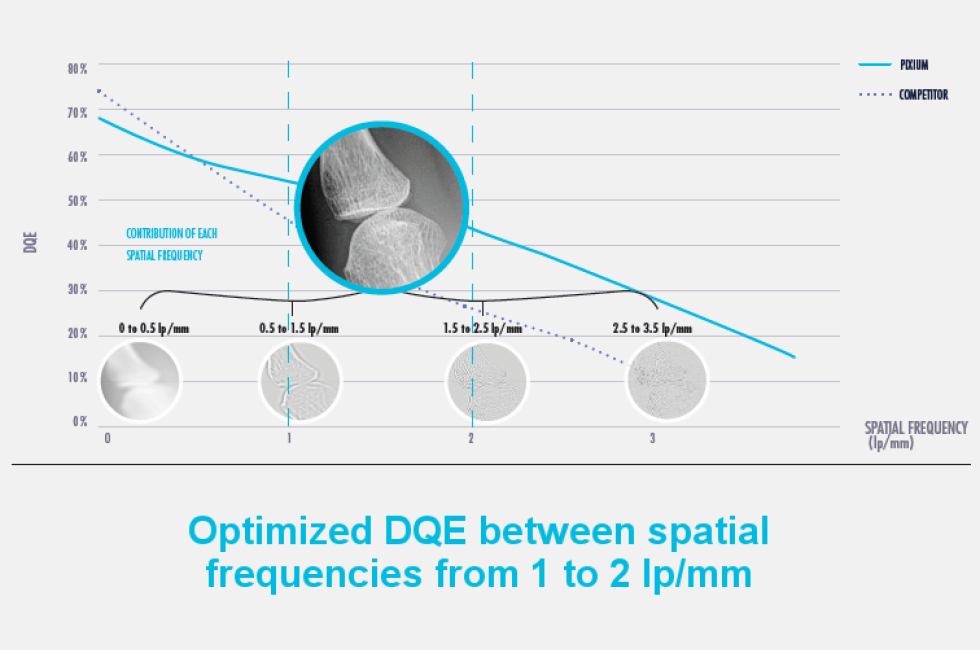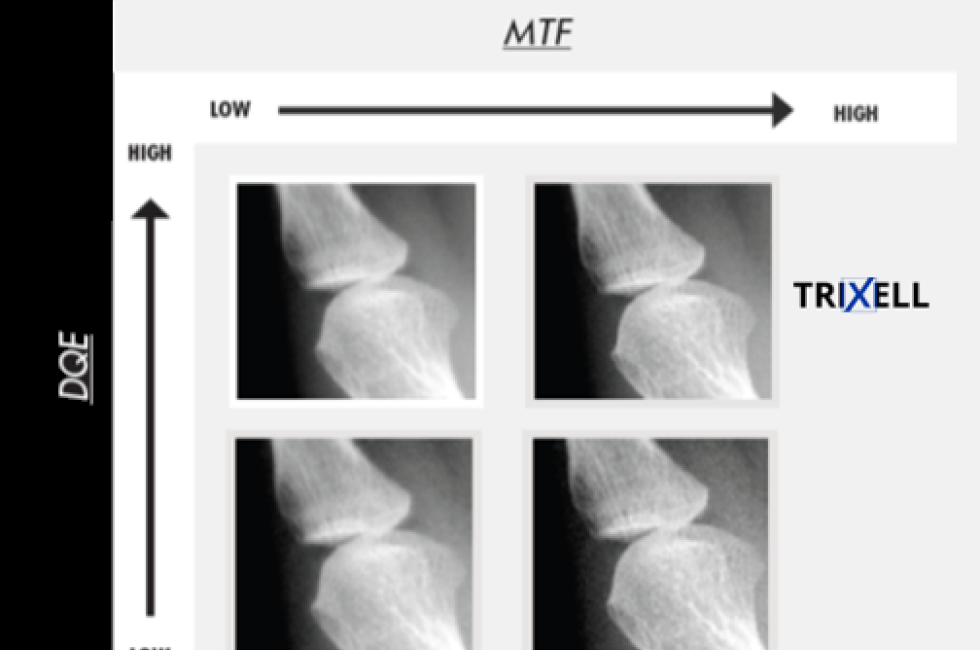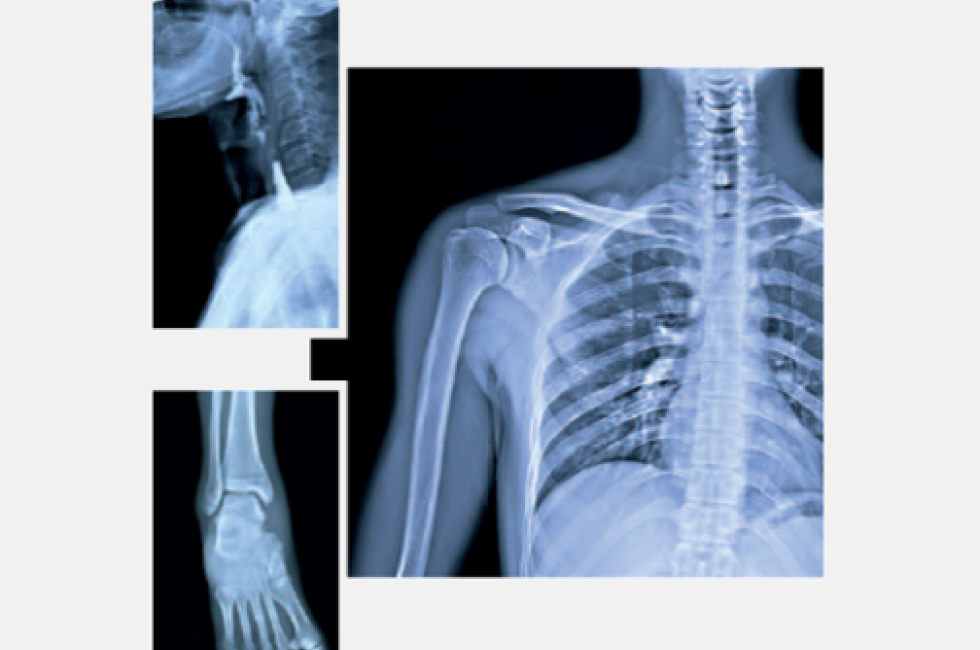Performances
All Trixell detectors offer excellent X-ray absorption and processing capabilities ensuring high quality images at a low exposure. Combining technology developed by Trixell, the joint venture between Thales, Siemens and Philips for the advancement of the Pixium® flat-panel detectors (aSi), Trixell also proposes CMOS technology (Complementary Metal Oxide Semiconductor). These imaging systems can be used in a variety of digital X-ray imaging applications and have several useful characteristics:
- Low operating power;
- High-speed readout;
- Capable of on-chip integration of electronic circuitry;
- Production of digital signals without external converters.
Top-of-the-range Scintillator
Benefiting from 60 years of experience, we manufacture the Cesium Iodide (Csl) scintillator using its unique in-house manufacturing process. The Indirect Deposition process brings higher efficiency in the transmission of light to the photodiode matrix resulting in a better image quality with a lower dose.
Low noise Electronics
We have achieved the lowest image noise available in the market thanks to 20 years of experience developing state-of-the-art electronic components.
Optimised pixel size
Optimised pixel size versus dose and diagnosis capability for a given technology.



